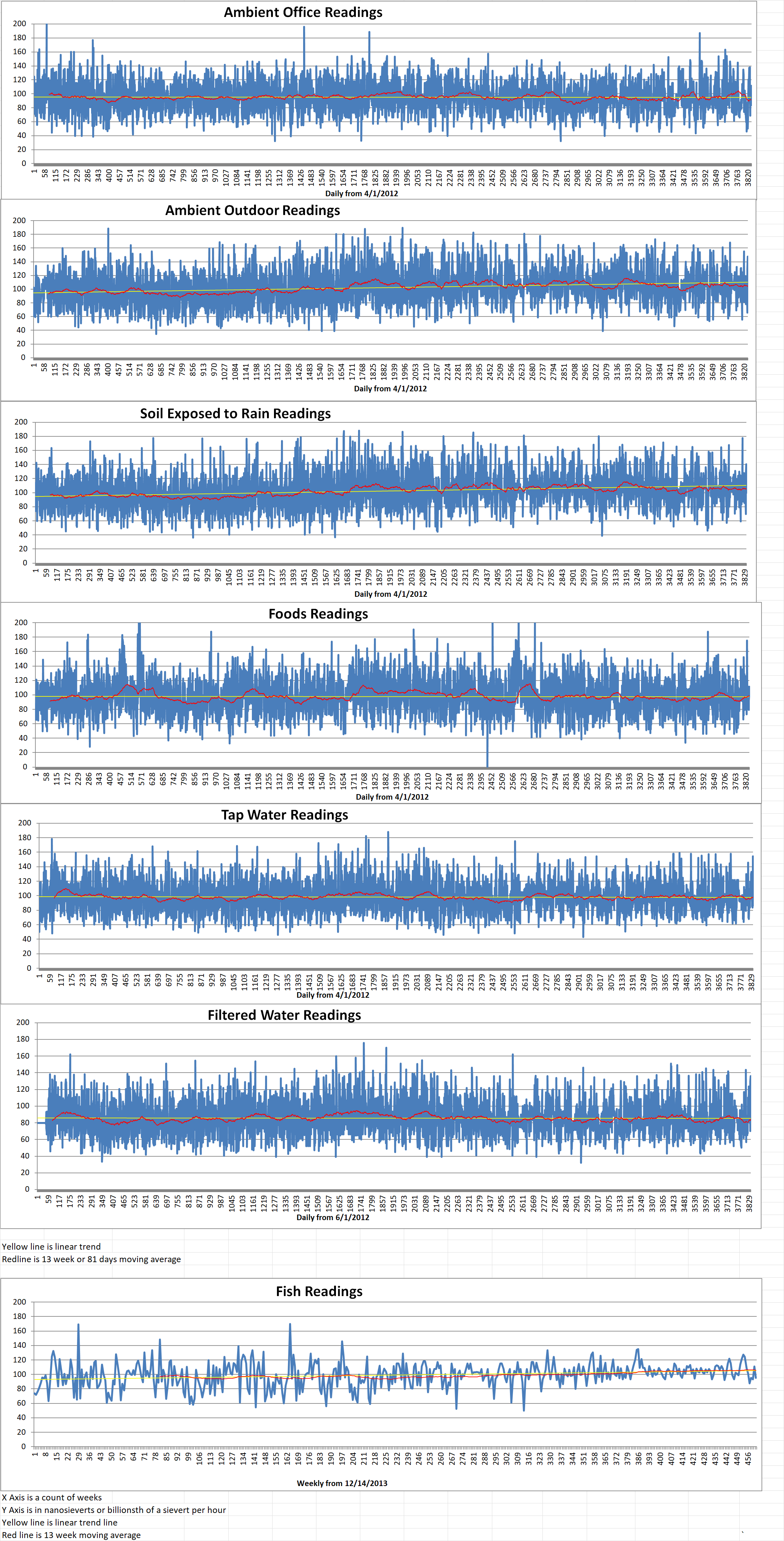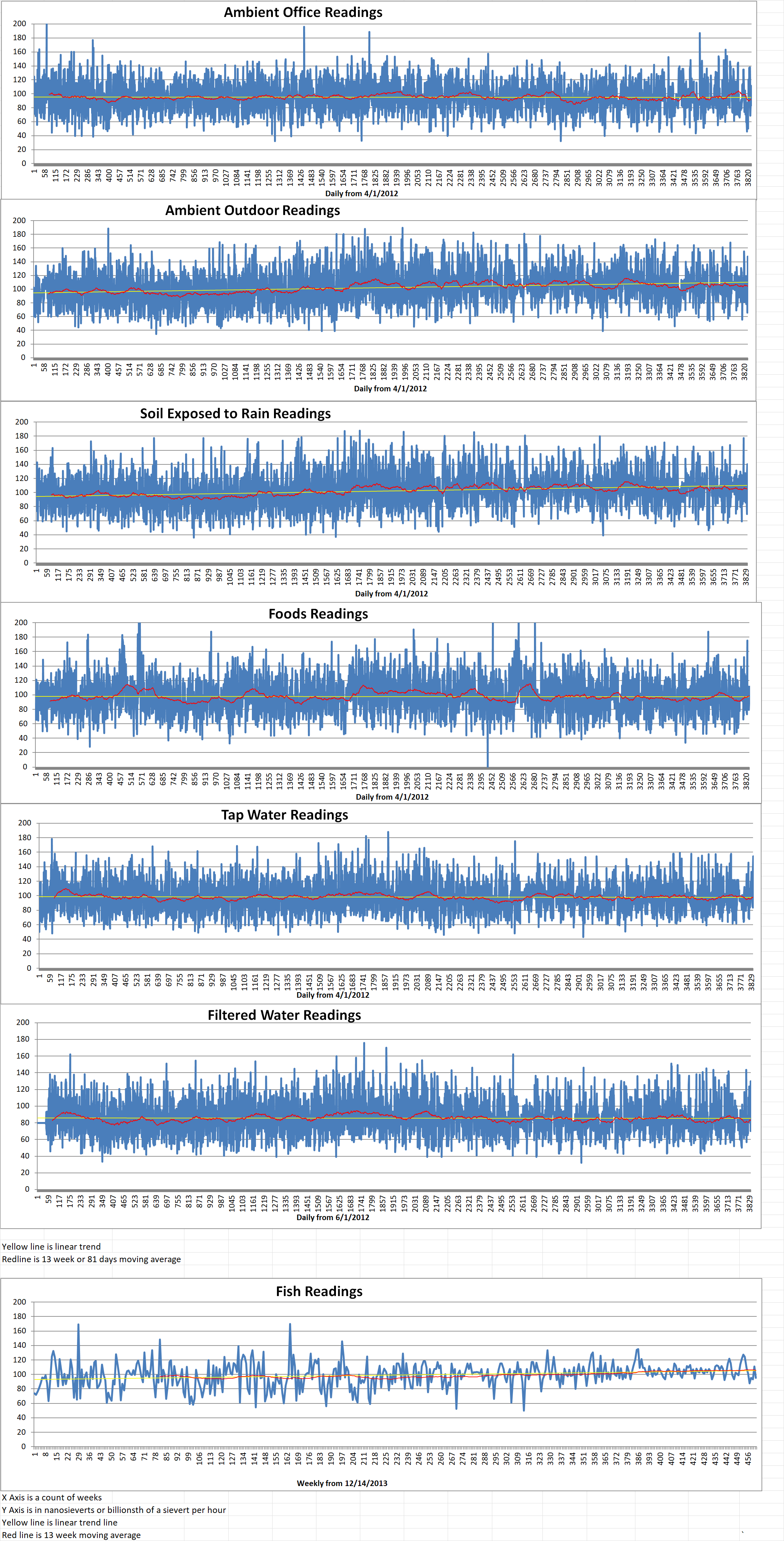Part 2 of 2 Parts (Please read Part 1 first)
Many E.U. members are concerned about Hungary’s nuclear project because of Russia’s involvement. Other E.U. countries are against bringing any new nuclear projects online. Slovakia has announced plans to shift its nuclear commitment in its plans for the Mochovce power plant. It was constructed by the Soviet Union in the 1980s. A new nuclear reactor is currently being prepared to go operational in 2023. It will generate four hundred and seventy-one megawatts of power. If all goes according to plan, it will provide thirteen percent of Slovakia’s electricity needs which will make the country self-sufficient. However, neighboring Austria is staunchly opposed to the development due to the high costs involved in terms of both money and radioactive waste. Austria is also worried that Slovakia will be reliant on Russia for uranium fuel. About one fifth of E.U.’s uranium comes from Russia. Public opinion on nuclear power is seriously divided with sixty percent of Slovakians believing that nuclear power is safe. Seventy percent of Austrians do not agree.
Currently, thirteen of the E.U.’s twenty-seven members generate electricity with nuclear power. Several others are not ready to accept nuclear power into the energy mix in spite of the current energy crisis. Germany has delayed the phaseout of its nuclear power plants. Other E.U. members are bringing new nuclear reactors online. Some analysts and critics do not believe that we are witnessing a nuclear renaissance. In spite on the Russia-Ukraine war creating a regional energy crisis, European governments have generally taken little action to shift their existing policies on nuclear plans. This suggests that a move to nuclear power may be exaggerated.
Nicolas Berghmans is an energy and climate expert at the France-based Institute for Sustainable Development and International Relations (IDDRI). He explained that “We’re not talking about a nuclear renaissance, as such… but maybe more of a change of tide. A real nuclear renaissance would be if Europe decides to invest in more nuclear power plants.”
Mark Hibbs is with the Carnegie Endowment for International Peace (CEIP). He suggested, “I don’t see a major watershed from what’s happening in Ukraine… Instead, the situation has reinforced some trends among countries already bought into nuclear energy, while slowing some opponents’ phase-outs of the technology.”
While some may believe that there is a renaissance of nuclear energy, others disagree. The recent energy crisis has attracted greater attention to nuclear power. Some major powers are accelerating existing plans for nuclear plants. Others are showing an openness to diversifying their energy mix further through nuclear projects.
Blog
-

Nuclear Reactors 1118 – The Uncertain Future Of Nuclear Power – Part 2 of 2 Parts
-
Nuclear News Roundup Jan 03, 2022
Robots to be used in trials for REMIX fuel world-nuclear-news.org
SKB receives environmental permit for SFR expansion world-nuclear-news.org
NND applies to assume responsibility for Norwegian facilities world-nuclear-news.org
Further delay to Flamanville EPR start up world-nuclear-news.org
-

Geiger Readings for Jan 03, 2022
Ambient office = 127 nanosieverts per hour
Ambient outside = 137 nanosieverts per hour
Soil exposed to rain water = 136 nanosieverts per hour
Jalepano pepper from Central Market = 115 nanosieverts per hour
Tap water = 81 nanosieverts per hour
Filter water = 70 nanosieverts per hour
-

Nuclear Reactors 1117 – The Uncertain Future Of Nuclear Power – Part 1 of 2 Parts
Part 1 of 2 Parts
Several countries appear to have suddenly welcomed nuclear energy as part of their clean energy mix. This was partially triggered by global gas shortages and rising oil price. However, this apparent renaissance of nuclear energy is not appearing everywhere. Many countries are still skeptical about the technology. They are unwilling to accept nuclear power as the answer to the globe’s energy problems. This divide is especially present in Europe. It could have a major impact on the development of the nuclear power plant pipeline across the region. Some members of the European Union (EU) reject plans for increasing the E.U.’s nuclear energy capacity.
For decades, major powers have been moving away from nuclear power. This was largely due to safety concerns following three would-famous nuclear disasters. Now, some of these same major powers are putting nuclear energy back on the agenda as they race to ensure their energy security and transition away from fossil fuels. The U.S. and the U.K. are two in which the governments are offering high levels of funding and political backing for new nuclear reactor projects to support a green transition.
In the U.S., the nuclear energy output has been largely unchanged for the last forty years. It has provided about nineteen percent of the country’s electricity at present. However, a reconsideration of the safety risks involved with nuclear operations when set against the current climate situation has made the U.S. more open to new nuclear projects. President Biden included funding for nuclear projects in his Inflation Reduction Act (IRA).
On the other side of the Atlantic, the U.K. government recently purchased a twenty percent stake in the Sizewell C nuclear plant in Suffolk for one hundred million dollars in June. The Hinkley Point C reactor being built by the French state-owned EDF is expected to be operating by 2027. The ultimate cost is estimated to be around thirty billion dollars. Former Prime Minister Boris Johnson also recently outlined plans for the development of eight new nuclear reactors by 2030.
Hungary is remaining strongly committed to a planned nuclear power plant project with Russia. The Paks 2 project is set to be funded by Russia with a ten-billion-dollar loan. It follows the Paks 1 nuclear power station which is located about an hour south of Budapest. It was constructed by the Soviet Union in the 1980s. The Paks 1 licensed lifespan is coming to an end in the 2030s. Prime Minister Viktor Orban signed a deal with Russian President Vladimir Putin for the construction of two new twelve hundred megawatt reactors next to the old one. Ground-clearing work began in last August after several years of delays. The Paks 2 plant was expected to go into operation in 2026. However, as time went by, this became increasingly unlikely. The war in Ukraine is also causing delays.
Finland has already abandoned a Russian-built nuclear power plant on the Hanhikivi peninsula midway through its construction because of the Ukraine war. Several other European countries oppose Hungary’s close relations with Russia. This encouraged Viktor Orban to cut ties with Putin.
Please read Part 2 next -
Nuclear News Roundup Jan 02, 2022
India, Pakistan exchange lists of nuclear facilities, prisoners Aljazeera.com
South Korea, US discussing joint nuclear exercises, says Yoon Aljazeera.com
Canadian refurbishment projects hit milestones world-nuclear-news.org
Back-up generators from German plant headed for Finland world-nuclear-news.org
-

Geiger Readings for Jan 02, 2022
Ambient office = 111 nanosieverts per hour
Ambient outside = 95 nanosieverts per hour
Soil exposed to rain water = 100 nanosieverts per hour
Grape from Central Market = 106 nanosieverts per hour
Tap water = 87 nanosieverts per hour
Filter water = 81 nanosieverts per hour
-
Nuclear News Roundup Jan 01, 2022
Why Did Portland General Electric Want to Build Trojan Nuclear Plant in the First Place? Wweek.com
German minister reignites coalition row with call to review nuclear exit finance.yahoo.com
US nuclear enjoys revival as public and private funding pours in ft.com
US Not Discussing Nuclear Exercises With South Korea, Biden Says voanews.com
-

Geiger Readings for Jan 01, 2022
Ambient office = 83 nanosieverts per hour
Ambient outside = 148 nanosieverts per hour
Soil exposed to rain water = 140 nanosieverts per hour
Blueberry from Central Market = 111 nanosieverts per hour
Tap water = 155 nanosieverts per hour
Filter water = 136 nanosieverts per hour
-
Nuclear News Roundup Dec 31, 2022
Patient Coalition Applauds Federal Decision Impacting Nuclear Medicine Safety itnonline.com
Philippines updating nuclear energy roadmap gmanetwork.com
Nuclear stations near New Castle County to conduct quarterly sirens test Tuesday baytobaynews.com
Will Big Plans For Nuclear Power Work Without Russian Uranium? Finance.yahoo.com
-

Geiger Readings for Dec 31, 2022
Ambient office = 95 nanosieverts per hour
Ambient outside = 130 nanosieverts per hour
Soil exposed to rain water = 128 nanosieverts per hour
Avocado from Central Market = 100 nanosieverts per hour
Tap water = 135 nanosieverts per hour
Filter water = 130 nanosieverts per hour
Dover Sole from Central = 95 nanosieverts per hour
